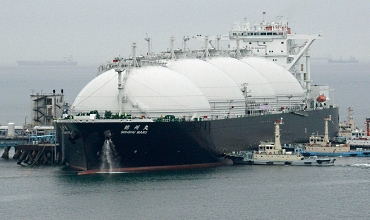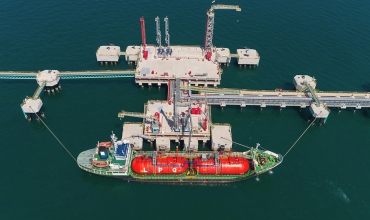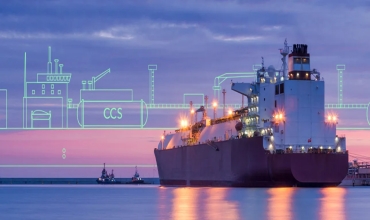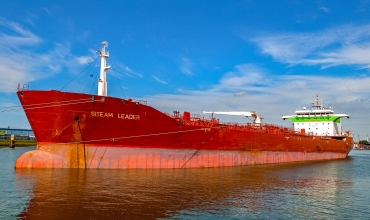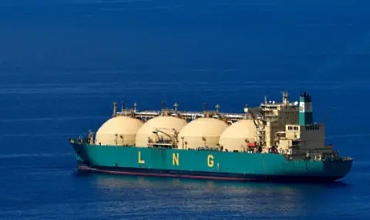Liquefied Gas Handling Principles
Liquefied gas handling principles specialized knowledge and practices to ensure the safe and efficient management of gasolines in their liquid state. Such basises are crucial to maintaining protection and operational efficiency in industries that utilize liquefied gases like LNG (Liquefied Natural Gas) and LPG (Liquefied Petroleum Gas).
Understanding Properties
Fluid gasolines are stored at very lowest level temperatures to keep them in a liquid form, significantly reducing their volume in the direction of easier transportation and storage. LNG, mainly composed of methane, is kept at approximately -162 °C (-260 °F), while LPG, consisting primarily of propane and butane, is stored at around -42 °C (-44 °F). Comprehension of properties is essential toward steer these substances safely.
Key Steer Ideas
1) Climate Rules
Maintaining the required lowest point of climate is vital. This involves the usage of advanced insulation and refrigeration methods to keep the petrols in their liquid state.
2) Pressure Management
High-pressurize conditions are obligatory for storing fluent gases. Proper influence standard techniques prevent leakages and confirm safe storage and transport.
3) Containment Systems
The usage of insulated, high-quality restraint processes, such as double-walled tanks, is essential. So, methods prevent heat transfer, maintain the necessary lowest point of conditions and minimize the risk of issues.
4) Safety Protocols
Rigorous agreements protection has to be followed, including regular monitoring, emergency shutdown procedures and comprehensive training for personnel. This ensures preparedness for controlling outflows, spills or other emergencies.
Ecological and Security Consideration
Driving fluidic gases must minimize recyclable impact and guarantee the protection of personnel and the public. It is included reducing emissions, proper disposal of byproducts and strict adherence to international security standards and regulations.
Effective liquefied gas handling principles are fundamental to the safe and efficient use of Liquefied Natural Gas and Liquefied Petroleum Gas. By controlling temperature and pressurize, utilizing advanced restraint methods and following stringent safety contracts, industries can handle gases safely and sustainably. Understanding and applying such ideas supports the global energy supply while ensuring sustainable and public safety.




